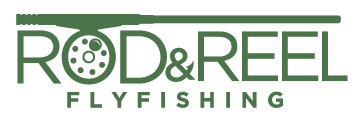Join our discussion of fly shop etiquette, as well as entering fly shops in the past versus today. Here are things to keep in mind.
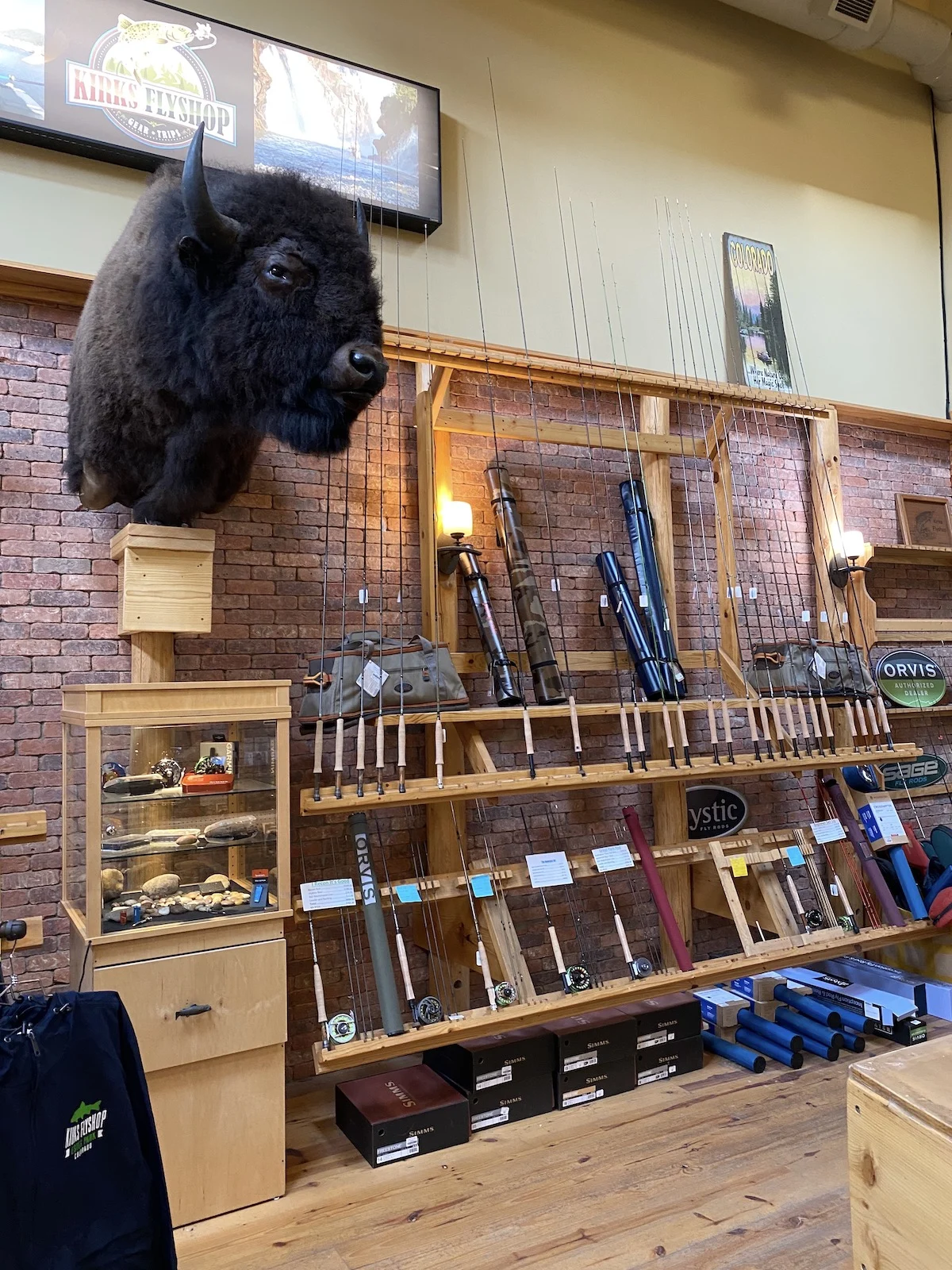
Standing near the door of a well-known fly fishing shop in Estes Park, CO, I watched a small kid walking down the sidewalk. He was likely on a family trip to Rocky Mountain National Park.
The child made an attempt to cross the entryway into the fly shop. Just as he was about to step inside, his mom grabbed him by the arm and said, “don’t go in there, that’s a fishing shop!” As if to say, “don’t go into that weird place I know nothing about.”
I got a chuckle out of it, and thought to myself, yeah, I guess it is weird. Most people know nothing about fly shops, and even those who fly fish might not fully understand them. It definitely takes time to figure out the shops, the people that work the shops, and what fly shops have become versus where they started.
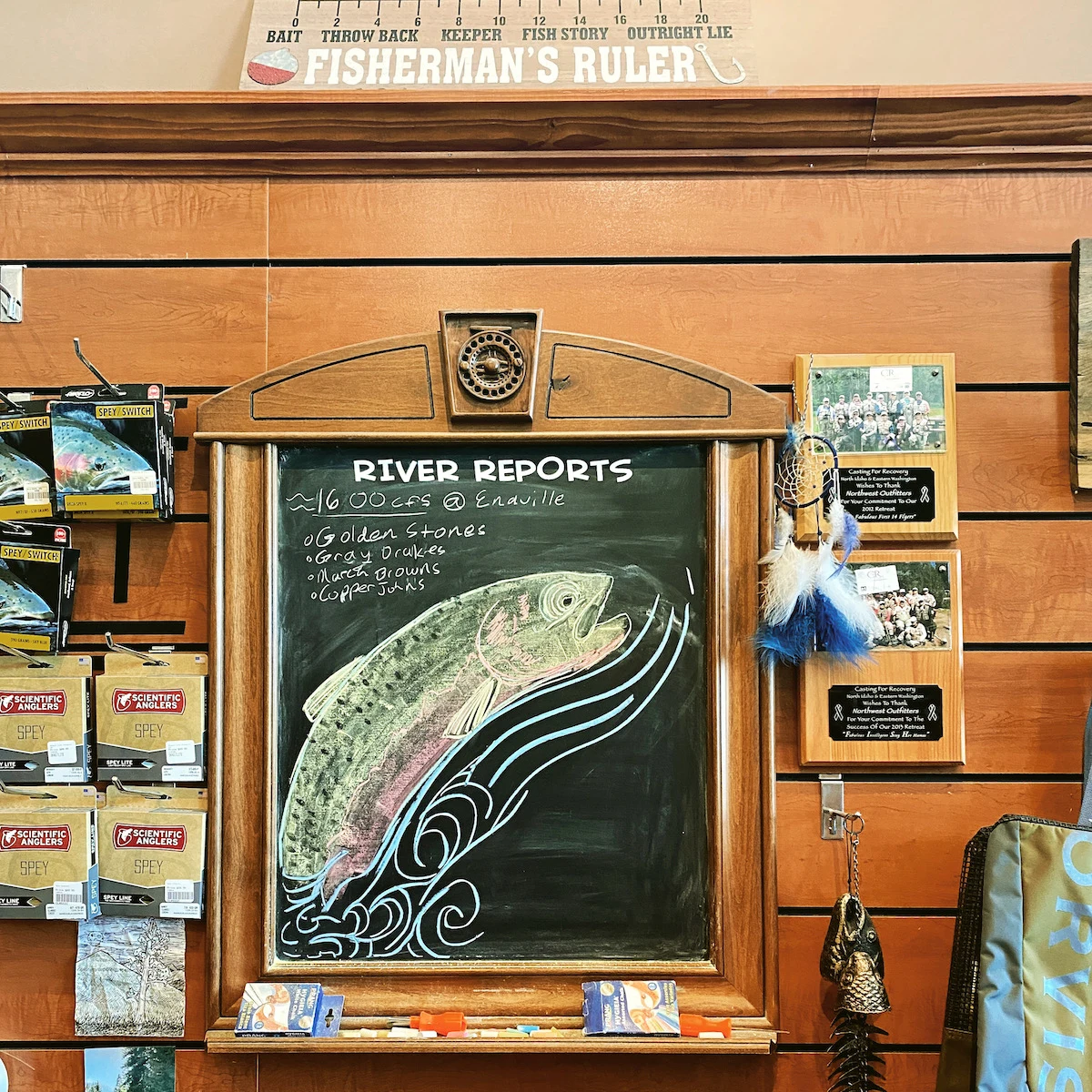
Fly Shop Etiquette
Addressing fly shop etiquette starts with understanding fly shops – what they were in the past compared to what they are today.
Fly Shops in the Past
Pretty much any water worth a fly fishing trip will have at least one fly shop either nearby or along the most accessible route to the water. When these shops opened, they were the gateway to all things related to that water.
You couldn’t pull out your phone and search the best spots or what to fish, so you made a stop – knowing the intricacies that would be involved. You don’t just walk into a fly shop and ask where to fish, because there’s so much more to it.
Entering the Shop
You shouldn’t necessarily expect someone to come running to help you in a fly shop. That is both a past and present experience. You will likely get a hello, but for the most part whomever is staffing the shop is always up to some other task. Spooling line, tying flies, and organizing inventory.
In the past, staff would let you wander aimlessly for hours if you chose to. It’s really not that surprising. Most of these shops were started by fly fisherman, not merchants, that decided to make a business out of a hobby. Going into their shops was like stepping into a display of the way they liked to fish.
It reflected the style they fished, what they fished for, and the products they liked to use. The fly fishing essentials they assorted were both proven and consistent, and the vibe felt like nothing was weighted to any specific manufacturer.
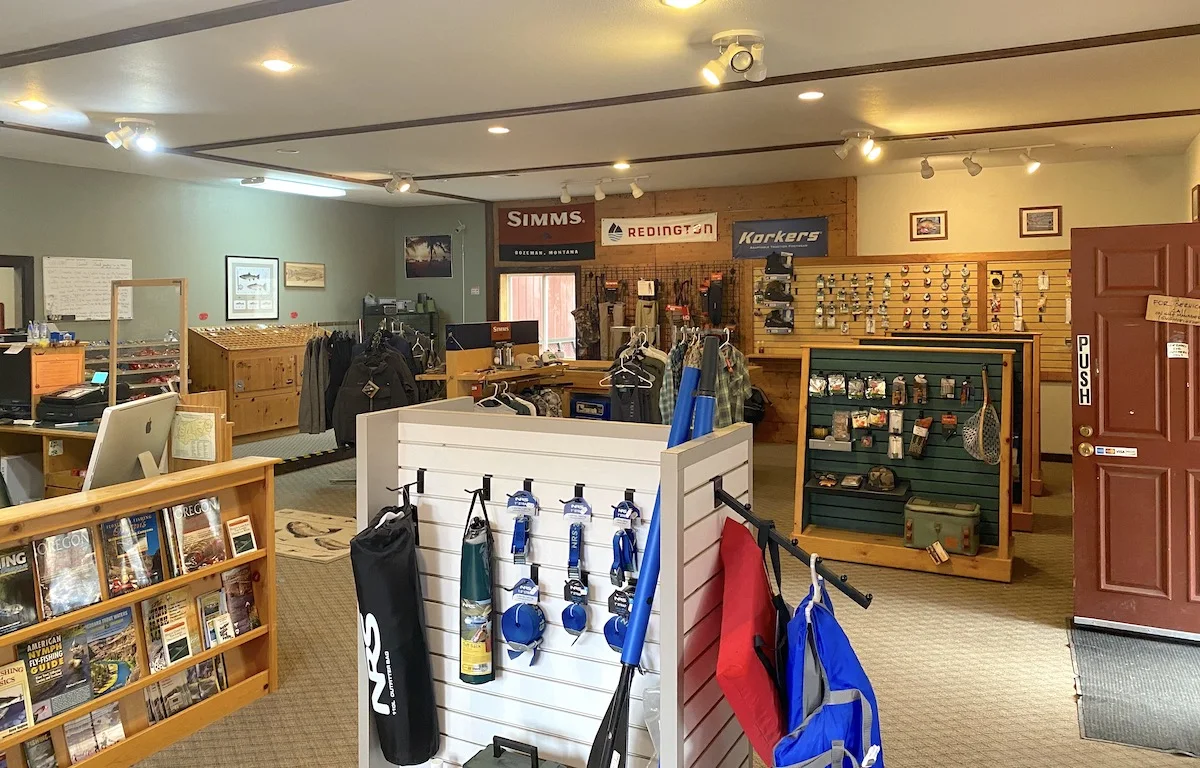
Asking for Help
Once you decided you were ready to ask for help, it was very likely you would be speaking directly with the owner of the shop. From personal experience, it always seemed they didn’t have much patience for newbie fly fisherman who needed very basic information to get started.
However, if you presented yourself as a blank slate and eager to learn, you could skip a lot of frustrating learning moments. Making sure to set aside the time to hear a few fishing stories mixed in with direction was key.
If you asked for suggestions, you needed to be ready for more than a few suggestions in return. There wasn’t a lot of patience for what you read somewhere or what the reviewers were saying. You either wanted to learn from them or not.
And In Exchange . . .
All this information was available for spending time in their shop, visiting their space, and hearing their perspectives. Making sure to leave with a handful of locally tied flies was a simple consideration acknowledging that you had been provided good intel and appreciated the time.
A second visit would likely result in acknowledgment of your return visit and maybe even a recall of your name. The kind of interaction that kept you coming back.
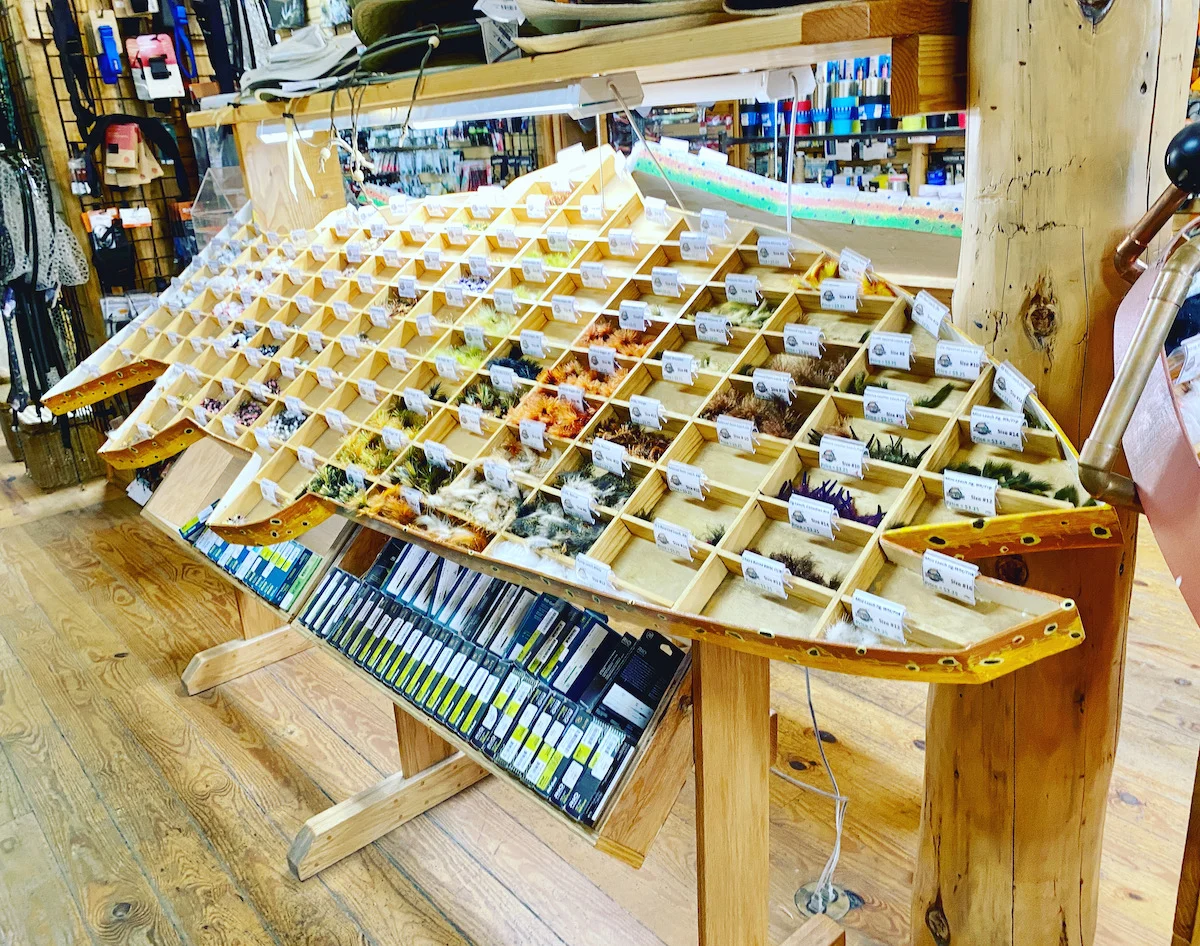
Fly Shops in the Present
The first thing to remember about today’s fly shops is that you are very likely to find many products they are selling for cheaper online. When you support a fly shop, you are supporting the local economy and a small business. That is a valuable thing.
But you should also remember something else. Like many bike shops (owned behind the scenes by Trek and Specialized), today’s fly shops are oriented towards specific rod and reel manufacturers that reward their sales of key products with favorable purchasing terms. We see and are recommended what they prefer to sell us. Especially the newbies!
In Shop AND Online
It’s also important to remember that only a few items in the shop really carry the retail margins needed to pay the bills. The rest is there to keep you coming back to the shop. In addition to what you see on the retail floor, it is very likely that the shop does a significant portion of their retail sales online from the back of the house. No longer are they dependent on the locals for all of their sales. Many of the shops are selling product all over the globe.
If you are standing there looking for someone to help you buy a $5 leader and not feeling that special, perhaps it’s because because they are currently selling a Ross reel to someone in Oslo. It costs money getting some of these shops looking like West Elm has entered the fly fishing market.
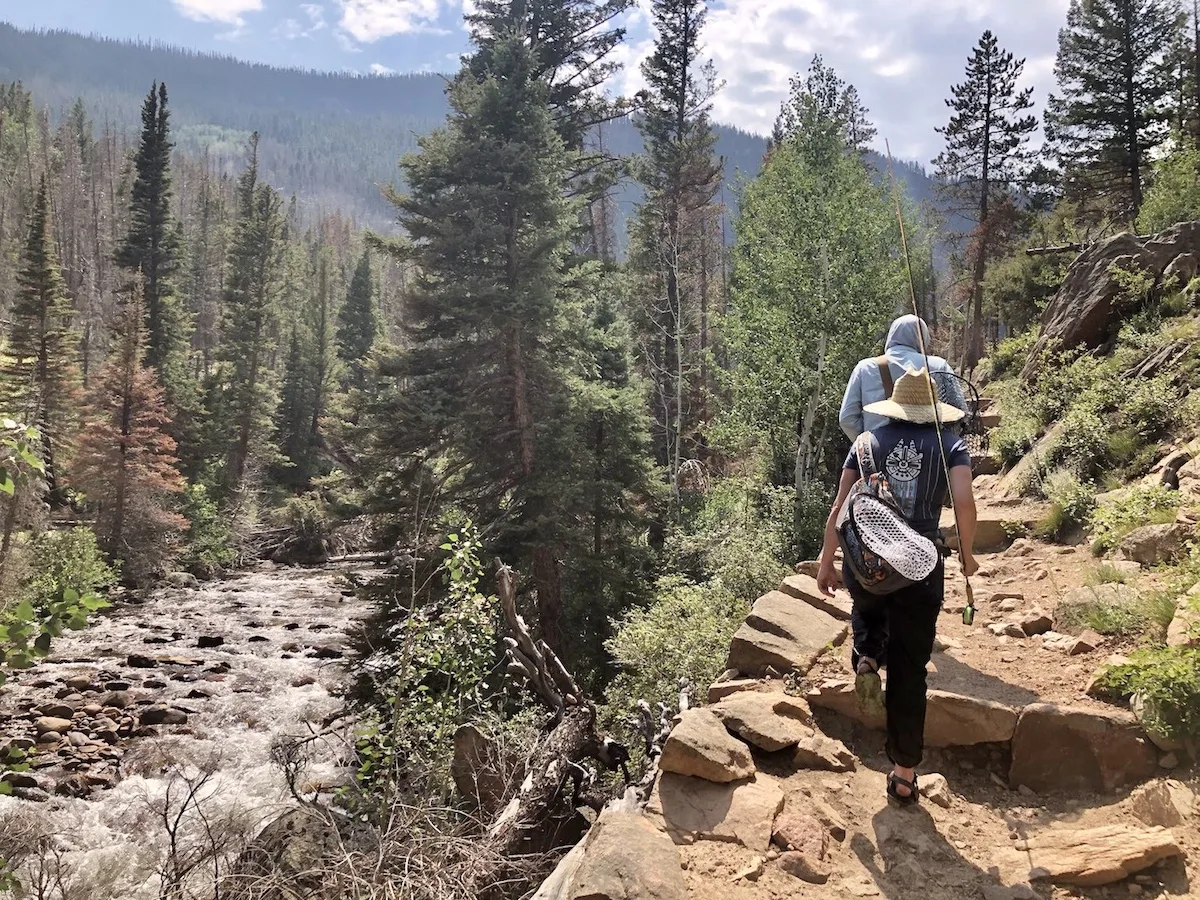
Guiding Services
The real financial driver of the shop is the guiding services they provide. When it comes to fly shop etiquette, this is an important reminder: because access to information has changed quite a bit from years’ past. You can’t just buy a few flies and expect a download of everything you need to know.
First off, the flies probably aren’t even hand tied and produced in a factory (dirty little secret). Second, the significant uptick in new fly fishing participants means that intel on where to be, what to fish, and how to be successful more of a precious commodity than ever.
To stand out as a shop, you need to be able to have access to the water and put people on fish.
Looking for Help
There seems to be a big difference in the level of service provided to a new-to-fly-fishing guest that will sign up for a class or guided trip versus the stop-in visitor looking for specifics. Everything seems to open for the guided newbies. And they are more likely to buy equipment. They don’t have much, if any.
They may even have access to private water that they may not otherwise get to see without the shop’s connections. if you are starting out fly fishing in the current environment, I would consider guided services and the intel that comes with it. Don’t just walk into a shop and ask for information – their time is money.
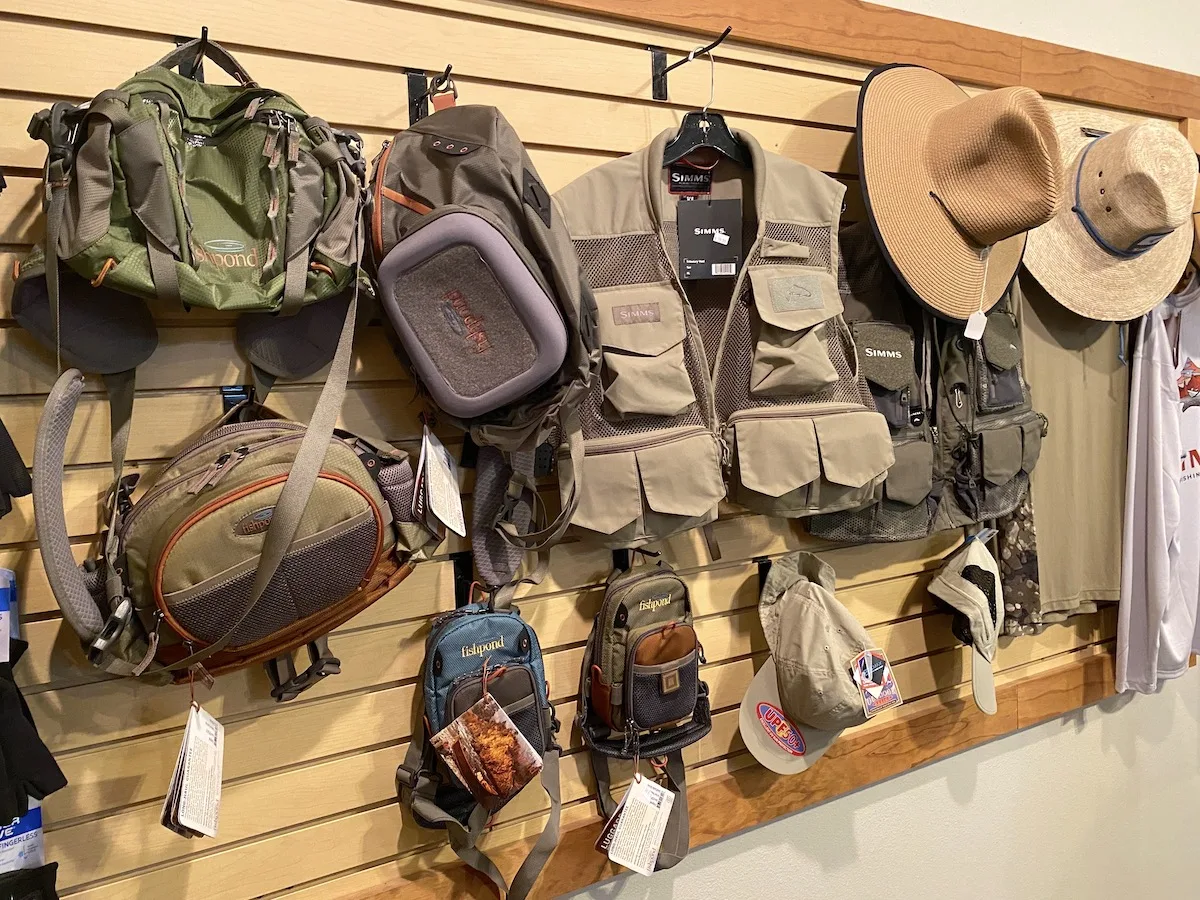
Preparing for a Trip
Before you show up for that class or guided trip, consider a key component . . . the clock starts when you are introduced to the guide. For that reason,get your license, tags, and gear prep done the day before.
If you are renting gear and have the time, stop by the shop the evening before and get fitted. That way you can jump in car and hit the water as soon as possible. Use that time on the water extracting as much information as you can from your guide.
Besides working on your cast and presenting flies, ask about gear and what is working. A good guide will open up and be an encyclopedia (kids, that is the book version of Google). Once you are back at the shop, have the guide point out the flies and gear you discussed.
Don’t Forget to Tip
Provide a good guide with a tip (typically 15 – 20%) and maybe a six-pack of beer, and will get you all the info those savvy old shop owners would provide in the past.
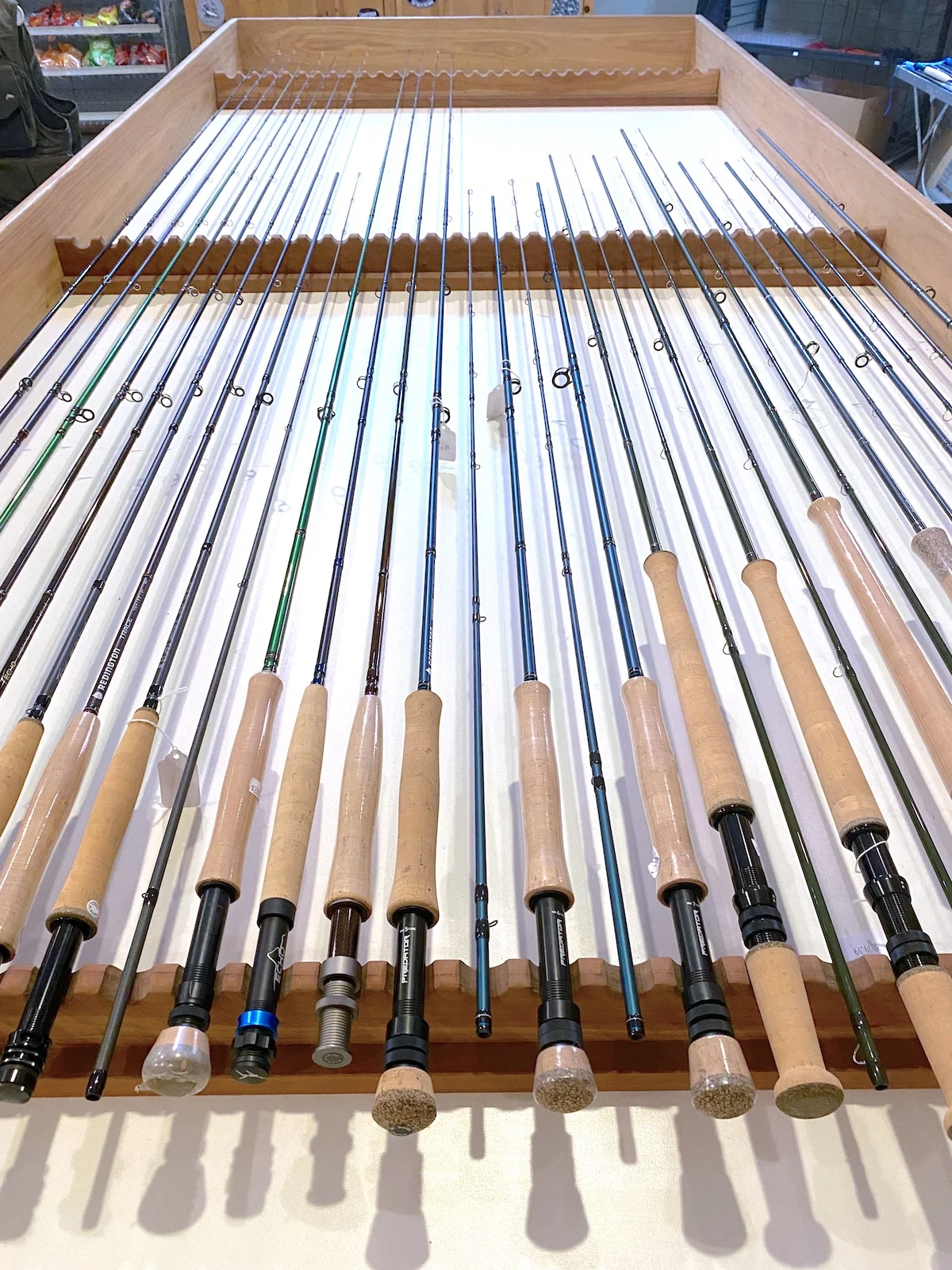
Things to Remember
Though the experiences of the past maybe weren’t all that warm and fuzzy, there was something to be said for the conversation the purchase of few hand-tied flies could generate. If you were open to learn and had some time on your hands, there was no end to the information you could walk away with . . . maybe even a few morning or evening “pro-bono hours” with a newfound friend on water they were eager to share with others.
But remember, times have changed, and so have the workforce and the way that fly shops make money. And there are a lot of newbie fishermen and women entering the shops these. Remembering fly shop etiquette is more important now than ever.
It’s not to say you won’t have a fantastic experience in your local fly shop, but it wouldn’t hurt to approach your visits with a little more understanding of what keeps the lights. Do your homework about product ahead of time, and have an idea of what you are interested in.
Also be ready for potentially biased opinions and direction that is oriented toward specific brands. You should also be ready to spend the money to go out and learn with staff of the shop you plan to visit frequently. Build a good repore with a shop, and you will reap the rewards!
What has your experience been with fly fishing shops, or what are your fly shop etiquette essentials? Let me know in the comments.
